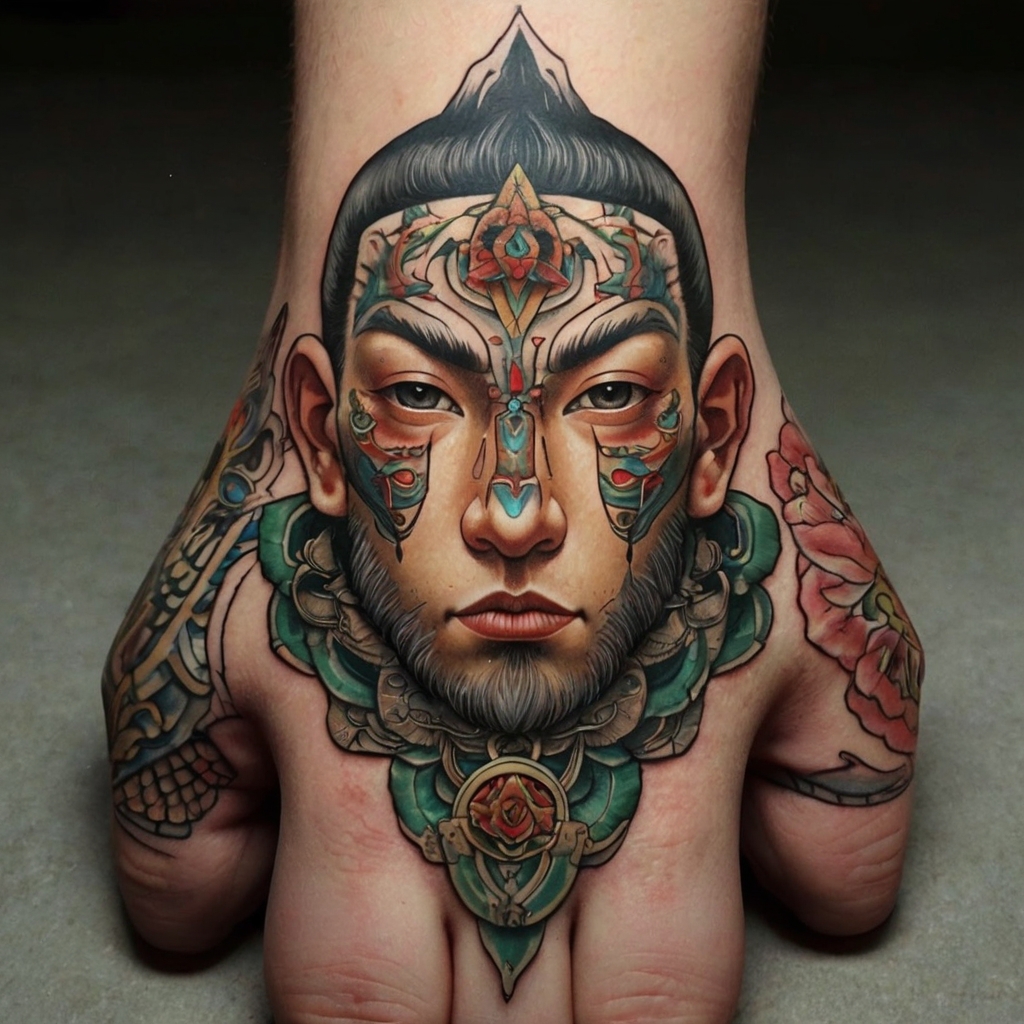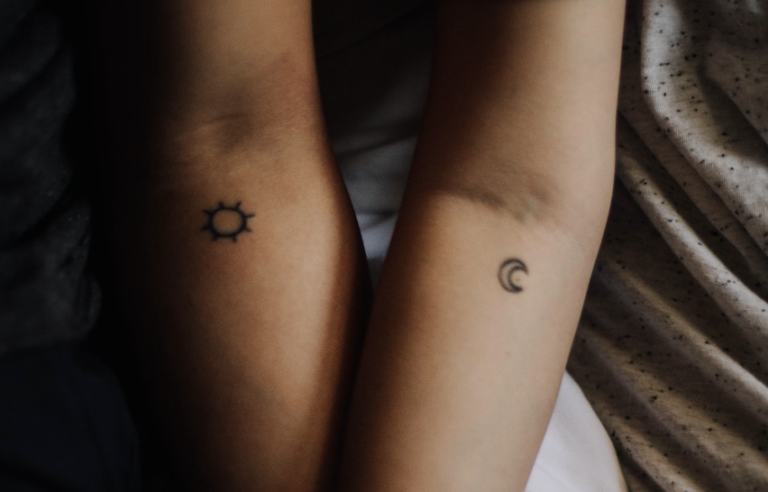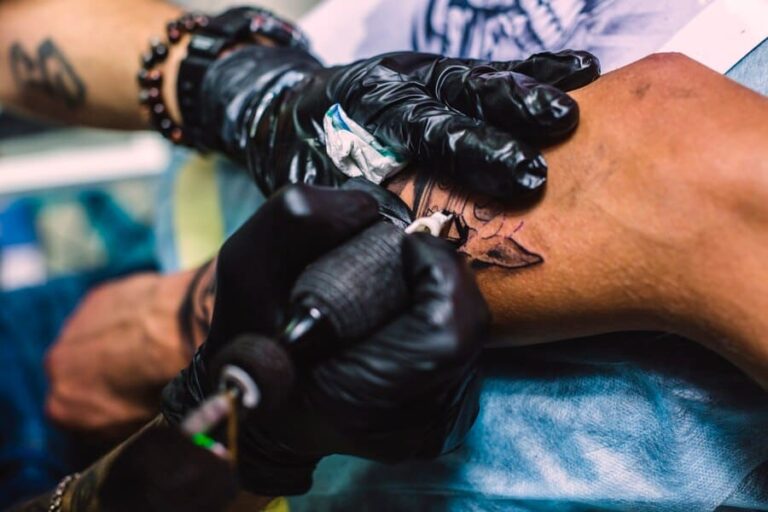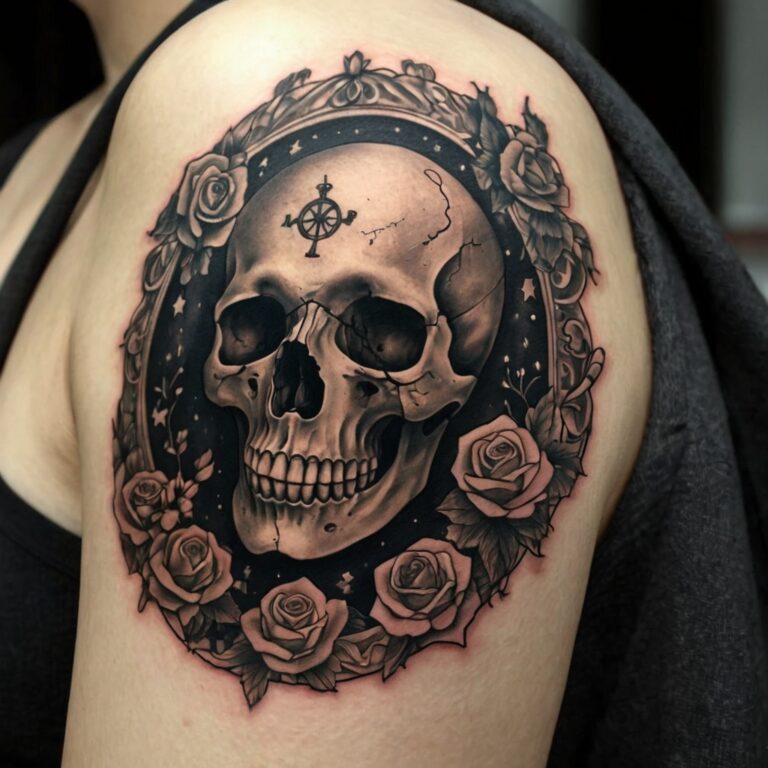Key Takeaways
- Fusion of Styles: Neo-traditional tattoos merge bold lines and vibrant colors of traditional tattoos with intricate details and shading from modern techniques, creating dynamic designs.
- Origin and Evolution: This style originated in the late 20th century, evolving from American traditional tattooing to incorporate elements like Art Nouveau and Art Deco.
- Core Features: Key characteristics include strong, clear outlines, rich colors, detailed shading, complex compositions, and rich symbolism.
- Cultural Impact: Neo-traditional art, music, and design blend historical styles with contemporary elements, influencing various cultural spheres and making them relevant to modern audiences.
- Modern Design: In design and architecture, neo-traditional concepts mix classic motifs with modern functionalities, creating innovative and visually enriching environments.
Exploring the Roots of Neo Traditional
Neo-traditional tattoos combine the fundamental aspects of traditional American tattooing, such as bold lines and vibrant colors, with modern artistic techniques like intricate details and advanced shading. The style creates a fusion that honors classic tattoo art while incorporating contemporary aesthetics.
Origin and Evolution
Neo-traditional tattooing originated in the late 20th century, evolving as tattoo artists sought to update and individualize the classic American traditional style. The movement started in the U.S. and quickly spread internationally. Artists aimed to retain the bold, striking characteristics of traditional tattoos while incorporating new design elements and techniques. The evolution was influenced by various art forms, including Art Nouveau and Art Deco, which contributed to the rich detail and complex compositions seen in neo-traditional tattoos today.
Key Features of Neo Traditional Style
- Bold Outlines: Neo-traditional tattoos maintain the strong, clear lines of traditional tattoos, ensuring the design remains well-defined.
- Vibrant Colors: Rich, vivid colors are essential, echoing the palette used in classic tattooing but with enhanced depth.
- Detailed Shading: Modern techniques introduce intricate shading, resulting in a three-dimensional effect.
- Complex Compositions: Unlike traditional tattoos that often feature simpler designs, neo-traditional tattoos can include elaborate figures and scenes.
- Symbolism: These tattoos frequently incorporate symbolic imagery, often blending old motifs with modern interpretations.
Neo Traditional in Various Culturals Spheres
Meaning of Neo Traditional Tattoos
Neo traditional tattoos blend the bold lines and vibrant colors of traditional American tattoos with modern techniques, such as intricate details and advanced shading. This fusion honors classic tattoo art and embraces contemporary aesthetics.
Neo Traditional Art
Neo traditional art merges historical art styles with modern decor elements, creating a unique aesthetic. Artists incorporate motifs from Art Nouveau and Art Deco, evident in architecture, jewelry, and interior design. This blend maintains the craftsmanship of past eras while updating it for contemporary tastes.
Neo Traditional Music
Neo traditional music revitalizes old genres with contemporary influences. Musicians blend classic folk or country sounds with modern instrumentation and production techniques. This style preserves traditional musical heritage while appealing to current audiences through fresh interpretations of age-old melodies.
Neo Traditional Tattoos
Neo traditional tattoos combine elements of traditional American tattooing with modern artistic nuances. Key features include bold outlines, vibrant color palettes, detailed shading for a 3D effect, and complex compositions. Many designs use symbolic imagery to blend old motifs with modern interpretations, allowing personal stories to be expressed through captivating art pieces.
Modern Impact of Neo Traditional Concepts
Neo-traditional tattoos blend traditional American tattoo elements with modern techniques. They honor classic tattoo art while embracing contemporary aesthetics, allowing for personal expression through captivating body art pieces.
Influences on Contemporary Art
Neo-traditional concepts significantly impact contemporary art. Artists adopt historical styles like Art Nouveau, Art Deco, and traditional tattoo art, merging them with modern themes. These artists create visually dynamic works that resonate with modern audiences by using bold outlines, vibrant colors, and intricate details. This amalgamation of styles generates fresh interpretations and allows for diverse artistic expression.
Effects on Modern Design and Architecture
The influence of neo-traditional concepts extends into modern design and architecture. Designers incorporate classic motifs and symmetrical patterns into contemporary spaces to create visually enriching environments. Neo-traditional designs blend historical aesthetics with modern functionalities, yielding spaces that are both nostalgic and innovative. Examples include using ornate, decorative elements in minimalist settings, enhancing visual interest and adding depth to the overall design. This approach celebrates heritage while addressing present-day needs.
Conclusion
Neo-traditional art forms offer a unique blend of the old and new, making them a captivating choice for those who appreciate both heritage and modernity. Whether you’re considering a tattoo, exploring art, or redesigning a space, neo-traditional elements provide a rich tapestry of bold outlines, vibrant colors, and intricate details. This style’s ability to merge historical influences with contemporary techniques ensures that your creative expressions remain timeless yet relevant. Embrace the neo-traditional aesthetic to create visually striking and meaningful works that honor the past while celebrating the present.
Frequently Asked Questions
What are neo-traditional tattoos?
Neo-traditional tattoos are a style that combines traditional American tattoo elements with modern techniques, featuring bold outlines, vibrant colors, detailed shading, and complex compositions.
When did neo-traditional tattoos originate?
Neo-traditional tattoos originated in the late 20th century, evolving as artists aimed to update traditional designs by incorporating new elements influenced by Art Nouveau and Art Deco.
What are the key features of neo-traditional tattoos?
Key features include bold outlines, vibrant colors, detailed shading for a 3D effect, and symbolic imagery that blends traditional motifs with modern interpretations.
How do neo-traditional tattoos differ from traditional tattoos?
While traditional tattoos focus on iconic, simple designs with solid colors and bold lines, neo-traditional tattoos incorporate detailed shading, complex compositions, and modern artistic elements.
Can neo-traditional art extend beyond tattoos?
Yes, neo-traditional art extends beyond tattoos into modern decor and design, blending historical styles with contemporary elements to create visually dynamic works.
How has neo-traditional tattooing influenced contemporary art?
Neo-traditional tattooing has influenced contemporary art by inspiring artists to merge historical styles with modern themes, creating visually compelling works that resonate with modern audiences.
What elements are fused in neo-traditional design and architecture?
Neo-traditional design and architecture fuse classic motifs and symmetrical patterns with modern functionalities, blending historical aesthetics with contemporary needs to create visually enriching environments.
What genres influence neo-traditional music?
Neo-traditional music revitalizes old genres with contemporary influences, blending historical musical styles with modern elements to create a fresh, yet familiar sound.







